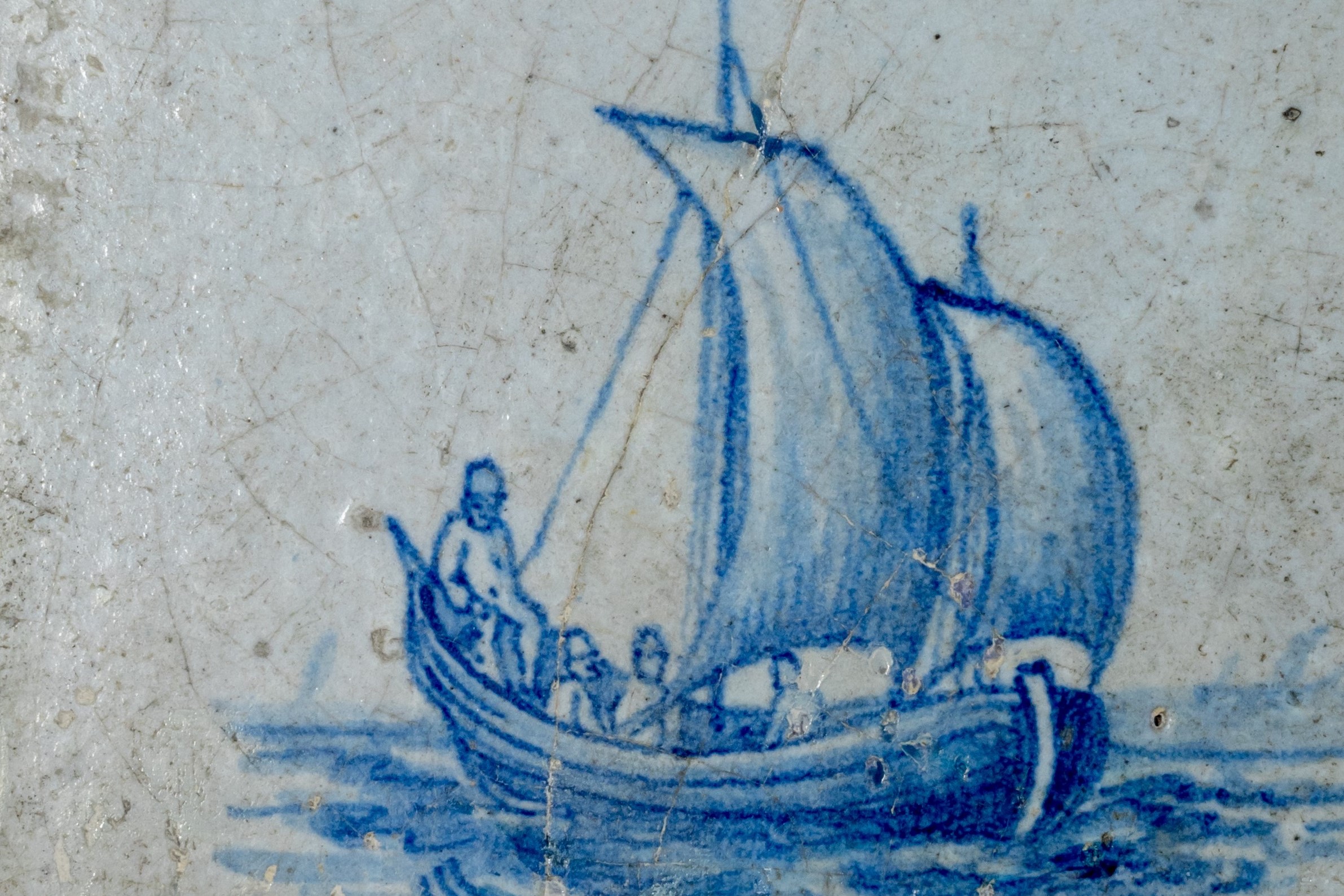
The guide
Everyone comes from somewhere | Issue 18 | 2020


In the oldest part of Amsterdam you can find a hidden treasure.
I am talking about Our Lord in the Attic, a Catholic church built in 1663. Seventeenth-century Amsterdam was predominantly Protestant and the Catholic Mass was forbidden; however, pragmatic as the Dutch are, the authorities permitted the Mass as long as it was kept out of sight. That is why, in the top floor of what looks like a normal house, this church was built, unrecognizable as such from the outside.
Presently, in Holland, there is concern as a result of the influx of people from other countries with often different cultural and religious backgrounds. This concern has arisen in other countries, too. And we have seen that this concern can be voiced in many ways and can influence political decisions. But of course, although it feels like we are living in a time of extremes (‘the best of times, the worst of times’), immigration is not a new phenomenon.
In Europe, in the sixteenth century, religious oppression was one of the main reasons for migration. Protestantism was on the rise and the Catholic Church reacted with force (the Spanish inquisition). Holland was already known as relatively tolerant, with some measure of freedom of religion. In the middle of the century, Sephardic Jews, mostly from Portugal, came to Holland in large numbers. They were educated, had money and were very much welcome, as long as they kept to themselves and did not interfere with the running of the nascent State. Their numbers were dwarfed by the inflow of Protestants from the north of France and what is now Belgium.
The Spanish king, who reigned over the southern and northern Netherlands, gave the inhabitants a simple choice: obey the king, pay him taxes and be a good Catholic; or be sentenced to death by the Blood Council, the local variant of the inquisition. Some stayed and were killed; most fled. Some went to England and Germany but most to the northern Netherlands.
If we look at the numbers, the impact on Dutch society was enormous. The number of inhabitants of Amsterdam rose from 30,000 in 1578 to 108,000 in 1622. There was a comparable increase in population in other Dutch cities like Middelburg, Leiden and Delft. The immigrants brought along their skills, their European network of trade relations, their language and their culture. Their skills and trade network were welcomed and contributed greatly to the rise of the Netherlands as one of the main trading nations in the seventeenth-century world. Their culture, their knowledge of foreign languages and their flamboyant clothes, however, did not go down well. The southerners looked down on the northerners as ‘brainless country boys’. The northerners reacted by presenting their abruptness and directness in language and social interactions as a virtue. This ‘virtue’ still lingers on to this day, I’m told.
Despite the influx of predominantly Calvinist immigrants, at the beginning of the seventeenth century under half the population in the northern Netherlands was Catholic, and about a quarter Calvinist. Amsterdam was predominantly not Catholic, hence the hidden Catholic church. The last quarter of the Amsterdam population consisted, apart from the Jewish population, of various Protestant groups like Lutherans, Anabaptists and Remonstrants. Often, these groups did not tolerate each other any better than they tolerated Catholics. The Remonstrants (like the Catholics) were not allowed to hold worship in a way that was visible to the public. They built their clandestine church on the Keizersgracht in the centre of Amsterdam, surrounded by houses which, over time, were purchased by the congregation. The building still exists and is now a debating centre.
As always, in practice the picture is a complicated one.
© Norton Rose Fulbright LLP 2025